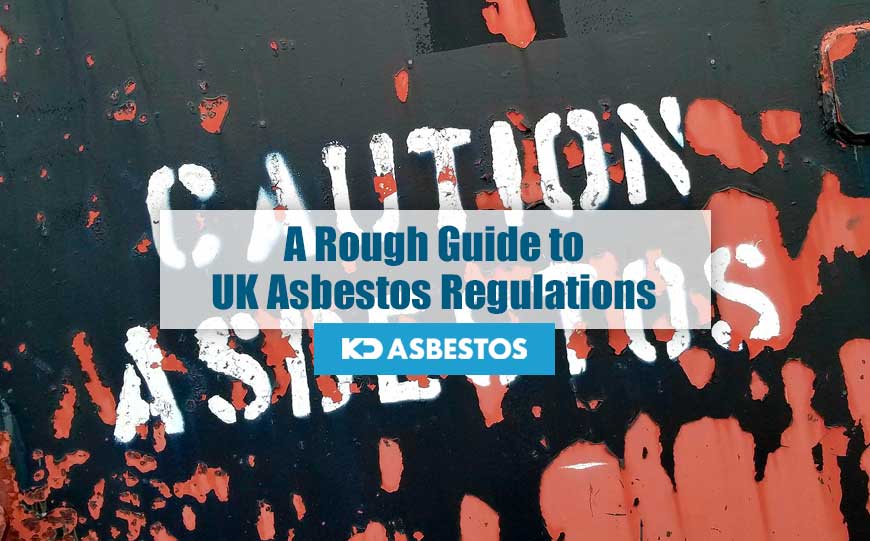
Considering the dangerous nature of asbestos exposure, there’s no denying that proper asbestos regulations are paramount.
Despite the fact that asbestos was banned in 1999, it still presents a problem as it was widely used for a long period of time leading up to that date.
The UK Asbestos regulations are thus very important as they cover various aspects, including the safe handling and proper disposal of asbestos containing materials (ACM’s)
This is crucial in reducing future cases of asbestos related diseases.
Table of Contents
What is Asbestos?
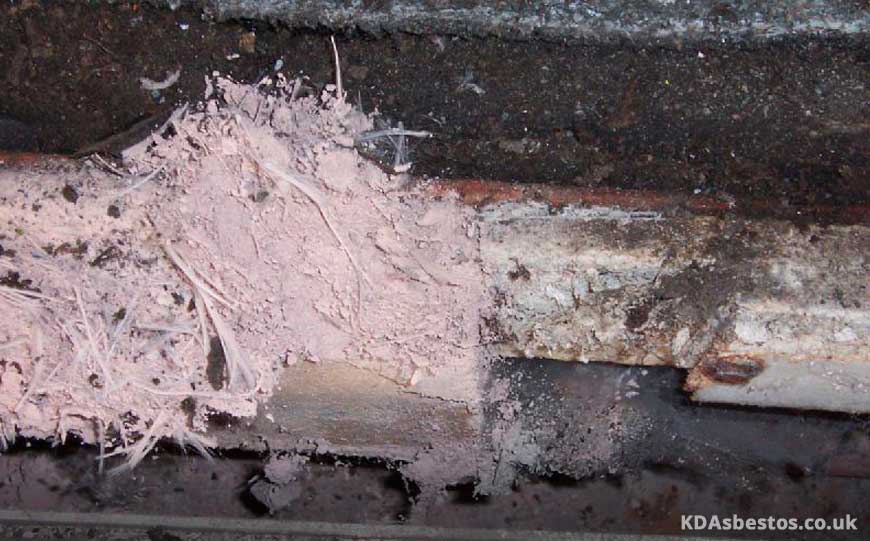
Asbestos is a naturally occurring fibre which is mined.
It was widely used in construction for many years due to its naturally occurring properties, namely the ability of strengthening a material, and its significant heat resistance.
Asbestos can also be found in some textiles, plastics, adhesives, insulation and automotive parts.
Is Asbestos Dangerous?
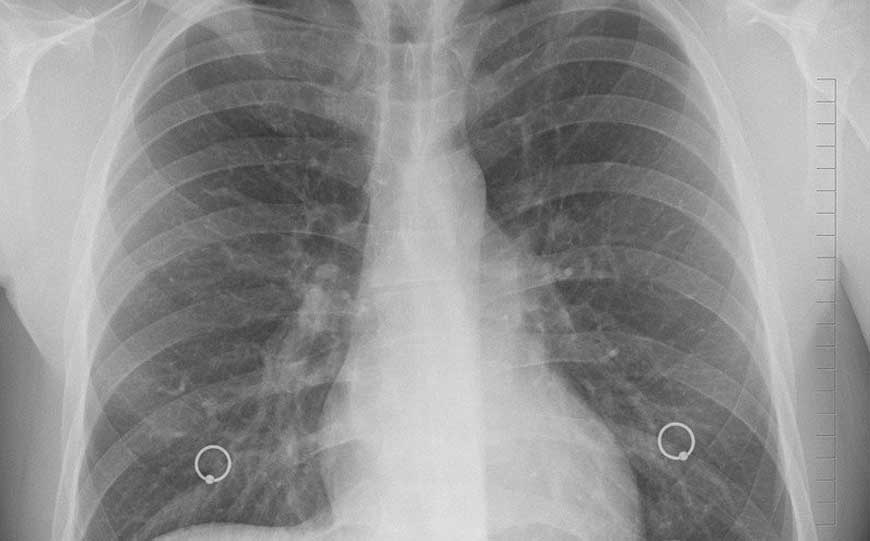
Image source: https://pixabay.com/photos/diagnosis-xray-chest-lungs-ribs-1476620/
If asbestos fibres are inhaled, especially over long periods of time, the fibres become trapped in the lungs.
Over time this leads to diseases such as lung cancer, asbestosis and mesothelioma.
Symptoms of asbestos exposure are not going to be evident immediately, as they can take several years to develop.
Respiratory and gastrointestinal symptoms are the most common.
Unfortunately once the asbestos fibres accumulate in the body, there is no way to reverse the serious damage they cause.
Asbestos fibres are easy to inhale if they become airborne.
Hence it’s critical to be aware of the possibility of asbestos presence in certain materials, so that they are not disturbed.
What UK Asbestos Regulations Are There?
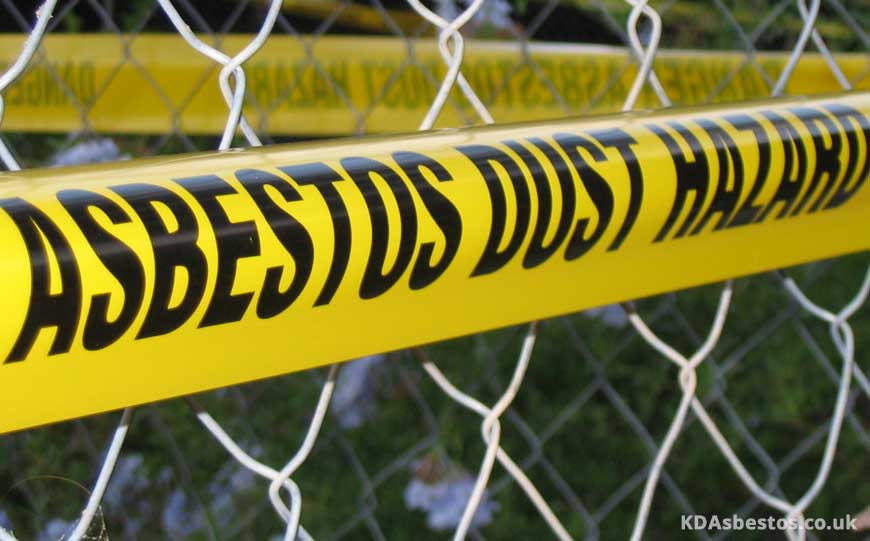
In the UK there are around 5000 deaths per year which are associated with asbestos exposure.
The UK Asbestos Regulations are aimed to reduce this figure in the future.
The Health and Safety Executive set the Control of Asbestos Regulations 2012, to supersede the Control of Asbestos at Work 2006 regulations.
This is a framework that is aimed at controlling the exposure to asbestos as well as managing asbestos that is present in buildings which were built several years ago.
What is Control of Asbestos Regulations 2012?
The Control of Asbestos Regulations 2012 came into force on the 6th April 2012.
This was an update of the previous regulations, with the main intent to take into account the European Commission’s requirements, as it was felt that the UK had not implemented the EU Directive on the exposure to asbestos that well.
While there are some changes, these revolve mainly on the need to notify on any unlicensed asbestos work, as well as keep records and ensure that there is suitable medical surveillance.
There are also some changes intended to reflect other legislation, such as the section on the prohibition of the supply and use of asbestos, which is now covered by the Registration, Evaluation, Authorisation and Restriction of Chemicals Regulation 2006.
What Do UK Asbestos Regulations Enforce?
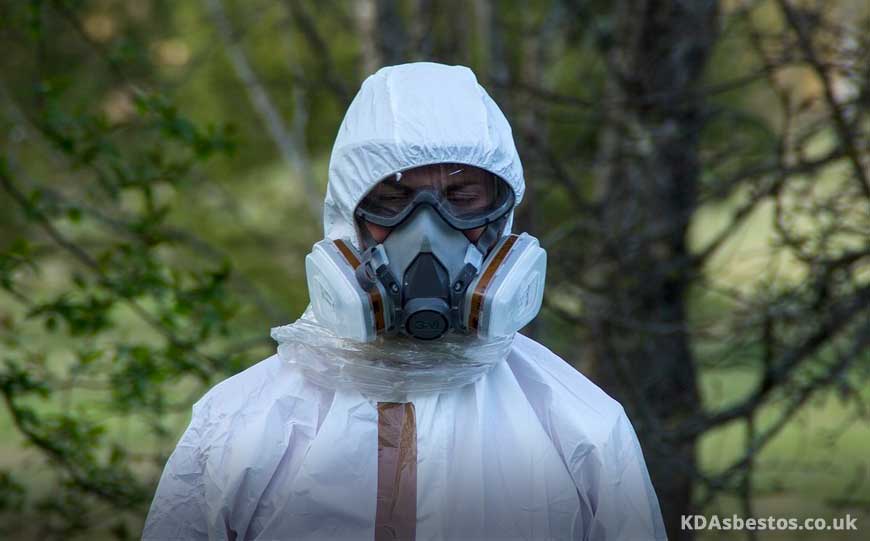
Asbestos use was banned in 1999 in the UK and since then the asbestos safety regulations basically stated the following:
- Should there be any asbestos containing materials which are still in good condition (non-friable), they can be left as they are. However their condition will need to be monitored to ensure that they are not disturbed and that there are no possibilities for the asbestos fibres to become friable or airborne. Proper management is also critical.
- If any maintenance works, or construction needs to be carried out, there is the duty to establish whether there is asbestos present in the materials, and what type of asbestos it is. Risks associated with it will need to be properly assessed to be managed and controlled accordingly.
- Work on asbestos containing materials will need to be carried out by a licensed asbestos contractor. There is a control limit for asbestos of 0.1 f/cm3 of air.
- Mandatory training of anyone liable to be exposed to asbestos fibres on the job. This also includes any maintenance workers who may be in contact with asbestos, or who might disturb asbestos containing materials.
The above regulations were further updated in the 2012 regulations to also include the following:
- Some non-licensed asbestos removal can be carried out as long as the relevant enforcing authority is notified.
- Written records of such non-licensed work will also need to be maintained.
- All workers doing such work must be under a doctor’s health surveillance.
Who’s Affected By UK Asbestos Regulations?
The UK Asbestos regulations are important for anyone who might be in contact with asbestos containing materials, especially workers who might be exposed to it on a regular basis, and who are thus more at risk.
These regulations impose on persons who are responsible for the management of asbestos containing materials.
This includes the maintenance of a building and its various elements, such as the roofing, tiles, insulation etc.
Even when managing a commercial building, great care needs to be taken to ensure that should there be any asbestos present in the materials used in the building, all the necessary precautions are taken.
Hence, the duty to manage asbestos is directed to the person or persons who are responsible for the maintenance of a non-domestic building, including any repairs which may need to be carried out in such a building from time to time.
One may classify as a duty holder if he or she is the owner of the building, or is responsible for that building through a contract or a tenancy agreement.
Also, if one has control of the building, even if there is no formal agreement stipulating this.
In case of a multi-occupancy building, the owner of such a building will be considered as the one who needs to take full responsibility of the maintenance and any repairs that might need to be carried out to the whole building.
But in this case the duty may be shared, and so the leaseholders will take responsibility for the parts that they occupy, while the building’s owner takes on responsibility for the common parts.
What Buildings Do UK Asbestos Regulations Apply To?
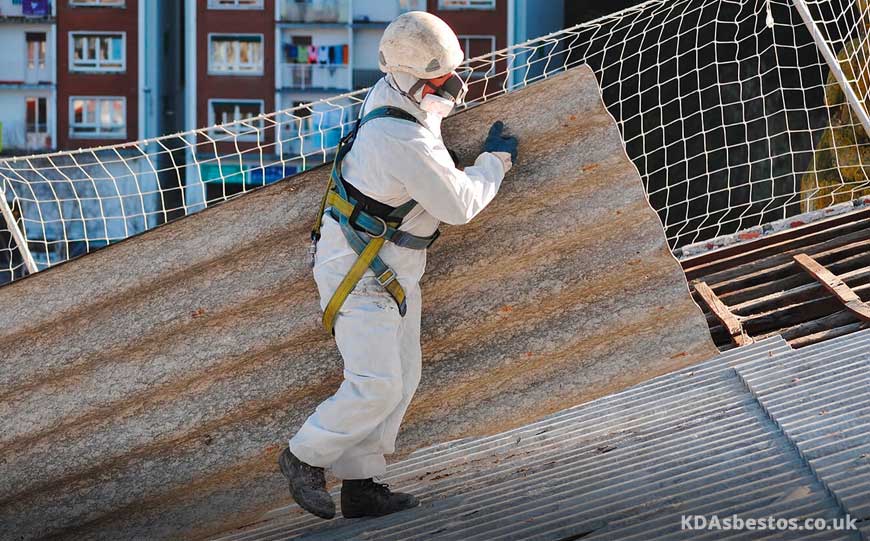
The sad truth is that despite the fact that asbestos was banned since 1999, there are many buildings, both residential as well as commercial, which contain a variety of asbestos materials.
In some cases these may be safe as long as they are not disturbed, and if they are in good condition.
However in cases where maintenance or renovations, or worse still, demolition works are planned, there are strict regulations which need to be followed.
These are aimed to control how asbestos containing materials are handled, removed and disposed of, as well as by whom such work should be carried out.
The UK Asbestos Regulations thus affect both domestic as well as non-domestic buildings, regardless of the nature of the industry.
Hence this includes public buildings like schools and hospitals, as well as industrial and commercial buildings such as offices, factories, retail outlets.
The regulations also apply to the common areas of domestic buildings, such as the staircases, lifts, foyers and other common areas in a block of flats.
What Does the Duty of Asbestos Management Involve?
The importance of asbestos management is very clearly defined in the regulations, as after all we are talking about great dangers here.
Having the duty to manage involves an array of responsibilities.
This includes taking any measures to detect the presence of asbestos, and if so where it is, the amount present, as well as the condition that it is in as the more friable it is, the more care needs to be taken.
As a general rule of thumb, it is recommended that it is better to presume that materials contain asbestos unless there is really strong evidence to the contrary.
Whoever is responsible for such a building will also need to make sure that records are kept of the condition of asbestos containing materials, as well as their location.
These records need to be kept up to date and revised from time to time to make sure that they are accurate.
Risk assessment will also need to be carried out, particularly should anyone have been exposed to asbestos fibres.
A plan will also need to be prepared to show that there is detailed knowledge on how any risks associated with asbestos containing materials will be managed.
Why is Asbestos Management Necessary?
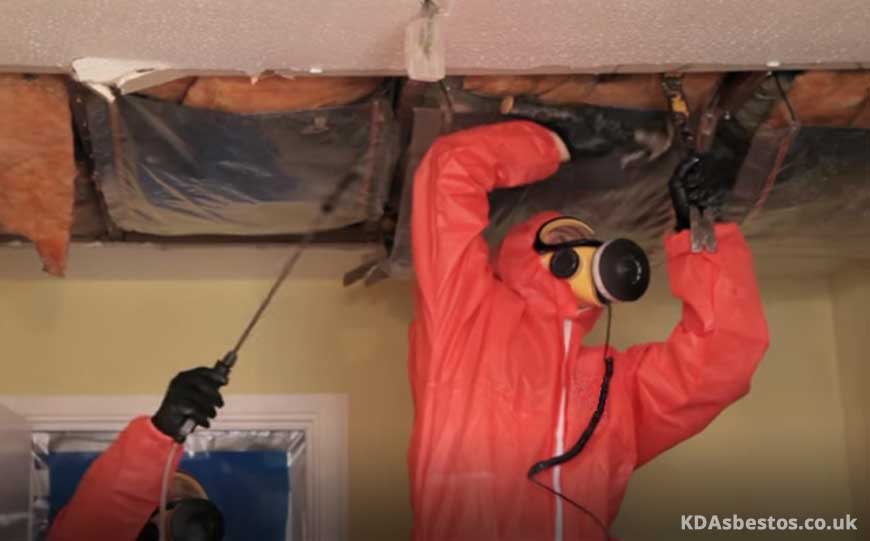
The duty to manage asbestos is very important as it ultimately protects the people residing or working in a building where asbestos might be present.
Such people might thus be unknowingly exposed to asbestos fibres unless the person who has a duty to manage is fully responsible and acts properly and legally in this regard.
Conclusion
The fact that asbestos fibres are so small and not visible to the naked eye surely does not help.
Moreover, one cannot easily determine if asbestos is present in a material.
There is only room for suspicion, especially if a building was constructed prior to 1999.
Unless a professional asbestos survey is carried out by a licensed person, you can never be sure.
Hence it is important that whoever has a duty to manage asbestos is well aware of his or her responsibilities, as well as have a good knowledge of the UK asbestos regulations to make sure that everything is done as safely as possible, and in accordance with the law.